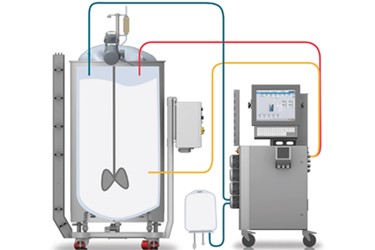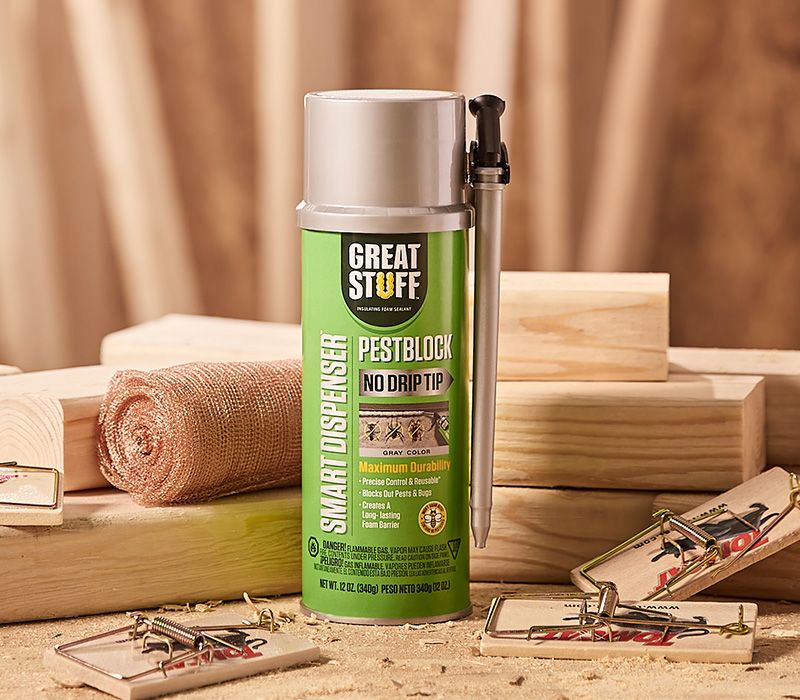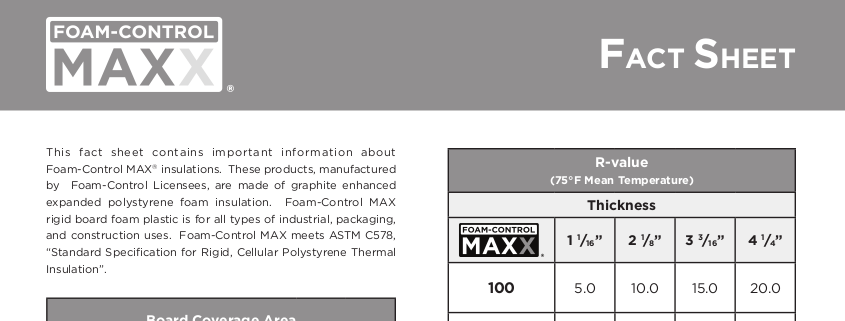Discover the very best Practices for Effective Foam Control in Industrial Applications
Discover the very best Practices for Effective Foam Control in Industrial Applications
Blog Article
Reliable Methods for Achieving Optimal Foam Control in Chemical Production
Effective foam control is a crucial element of chemical production that can significantly affect manufacturing efficiency and product top quality. By understanding the devices of foam development and choosing appropriate anti-foaming representatives, manufacturers can take aggressive procedures to alleviate extreme foam.
Understanding Foam Development

Surfactants, or surface-active agents, reduce the surface area stress of the liquid, assisting in bubble security and promoting foam generation. Additionally, frustration or mixing processes can enhance bubble development, commonly exacerbating foam concerns. The features of the fluid tool, including viscosity and thickness, additional influence foam habits; as an example, more thick liquids have a tendency to trap air more effectively, resulting in enhanced foam security.
Recognizing these fundamental aspects of foam development is important for effective foam control in chemical manufacturing. By acknowledging the conditions that promote foam growth, suppliers can carry out targeted methods to alleviate its damaging results, consequently maximizing production procedures and guaranteeing regular product top quality. This foundational understanding is vital before checking out specific techniques for controlling foam in industrial setups.
Choice of Anti-Foaming Agents
When selecting anti-foaming representatives, it is necessary to think about the certain qualities of the chemical process and the kind of foam being generated (Foam Control). Numerous variables affect the effectiveness of an anti-foaming agent, including its chemical make-up, temperature stability, and compatibility with other process materials
Silicone-based anti-foams are widely utilized due to their high efficiency and wide temperature variety. They work by lowering surface area stress, permitting the foam bubbles to integrate and damage even more quickly. Nevertheless, they might not be appropriate for all applications, especially those involving delicate solutions where silicone contamination is a problem.
On the various other hand, non-silicone agents, such as mineral oils or natural substances, can be useful in specific scenarios, particularly when silicone residues are undesirable. These agents have a tendency to be much less effective at higher temperatures but can provide reliable foam control in various other conditions.
Furthermore, comprehending the foam's beginning-- whether it arises from aeration, anxiety, or chain reactions-- guides the selection procedure. Testing under actual operating problems is essential to ensure that the picked anti-foaming agent satisfies the one-of-a-kind needs of the chemical manufacturing process efficiently.
Process Optimization Strategies
Effective foam control is an essential element of enhancing chemical production processes. By fine-tuning these parameters, drivers can minimize turbulence, therefore reducing foam formation throughout blending.
In addition, controlling temperature and stress within the system can considerably impact foam generation. Lowering the temperature may lower the volatility of specific parts, causing reduced foam. Also, keeping ideal stress degrees helps in reducing extreme gas launch, which adds to foam security (Foam Control).
Another reliable strategy is the critical enhancement of anti-foaming agents at critical points of the process. Cautious timing and dose can make sure that these representatives effectively subdue foam without interfering with other process specifications.
Moreover, integrating a methodical examination of basic material homes can aid recognize naturally frothing compounds, permitting preemptive actions. Lastly, conducting normal audits and procedure reviews can expose ineffectiveness and locations for improvement, making it possible for constant optimization of foam control approaches.
Monitoring and Control Solution
Tracking and control systems play an essential function in maintaining optimal foam monitoring throughout the chemical manufacturing procedure. These systems are vital for real-time observation and modification of foam degrees, making certain that manufacturing performance is optimized while reducing disturbances triggered by excessive foam formation.
Advanced sensing units and instrumentation are utilized to detect foam thickness and height, supplying critical data that educates control algorithms. This data-driven approach enables the prompt application of antifoaming agents, making certain that foam degrees continue to be within appropriate limits. By incorporating monitoring systems with procedure control software program, producers can carry out automated reactions to foam fluctuations, lowering the demand for manual intervention and enhancing operational uniformity.
Moreover, the integration of artificial intelligence and predictive analytics right into keeping an eye on systems can facilitate positive foam administration. By examining historical foam data and functional criteria, these systems can anticipate foam generation patterns and advise this post preemptive steps. Regular calibration and upkeep of surveillance equipment are necessary to ensure precision and integrity in foam discovery.
Inevitably, efficient tracking and control systems are crucial for enhancing foam control, promoting safety, and enhancing total efficiency in chemical manufacturing settings.

Situation Studies and Finest Practices
Real-world applications of monitoring and control systems highlight the value of foam management in chemical production. A remarkable study entails a large-scale pharmaceutical maker that carried out an automated foam discovery system. By integrating real-time surveillance with anticipating analytics, the center lowered foam-related production downtime by 30%. The data-driven method enabled timely treatments, guaranteeing constant product quality and operational efficiency.
One more exemplary instance comes from a petrochemical company that took on a combination of antifoam agents and procedure optimization techniques. By examining foam generation patterns, the organization tailored its antifoam dosage, leading to a 25% reduction in chemical usage and considerable price financial savings. This targeted technique not just reduced foam disturbance yet likewise improved the overall security of the manufacturing procedure.

Verdict
Finally, attaining ideal foam control in chemical production requires a comprehensive strategy encompassing the choice of suitable anti-foaming agents, execution of process click to investigate optimization methods, and the integration of sophisticated monitoring systems. Routine audits and training additionally enhance the effectiveness of these approaches, cultivating a culture of continual enhancement. By dealing with foam development proactively, suppliers can substantially enhance manufacturing performance and item high quality, inevitably adding to even more cost-efficient and lasting procedures.
By recognizing the mechanisms of foam development and selecting proper anti-foaming representatives, manufacturers can take positive procedures to alleviate excessive foam. The features of the liquid medium, including thickness and thickness, further influence foam actions; for instance, over at this website even more viscous liquids tend to catch air much more successfully, leading to increased foam security.
Recognizing these basic aspects of foam development is important for efficient foam control in chemical production. By assessing historical foam information and functional criteria, these systems can anticipate foam generation patterns and suggest preemptive measures. Foam Control. Regular audits of foam control gauges ensure that procedures stay optimized, while fostering a culture of aggressive foam administration can lead to sustainable enhancements throughout the production range
Report this page